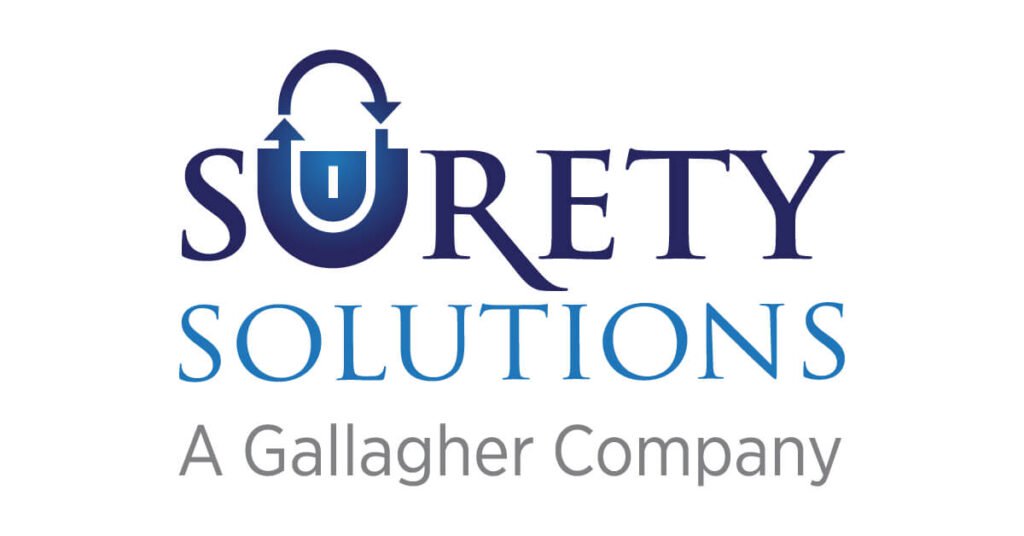Put simply, indemnity is security or protection against a loss. Indemnification is most often referred to as ‘to hold harmless’, usually in reference to one’s actions.
Many high-risk activities, like skydiving or heli-skiing, require individuals to sign an indemnity agreement before they can participate. This protects the business or company from liability if there is an accident.
What is an Indemnity Agreement?
An indemnity agreement is a contract that ‘holds a business or company harmless’ for any burden, loss, or damage. An indemnity agreement also ensures proper compensation is available for such loss or damage.
Parties of an Indemnity Agreement
In the case of skydiving, these would be the parties involved in an indemnity agreement:
- The Indemnitee is the one who is protected from any liability. This would be the skydiving company.
- The Indemnifier is the one who promises to reimburse the Indemnitee for any claims. This would be you, the skydiver.
You would sign an indemnity agreement with the skydiving company. By signing, the indemnity agreement protects the skydiving company against any lawsuits.
Other Names for Indemnity Agreements
Other names for indemnity agreements include:
- Hold Harmless Agreement
- No Fault Agreement
- Waiver of Liability
- Release of Liability
What Does an Indemnity Agreement look like?
View a sample Indemnity Agreement
Example of wording
“[Company/Business/Individual Name] shall fully indemnify, hold harmless and defend _______ and its directors, officers, employees, agents, stockholders and Affiliates from and against all claims, demands, actions, suits, damages, liabilities, losses, settlements, judgments, costs and expenses (including but not limited to reasonable attorney’s fees and costs), whether or not involving a third party claim, which arise out of or relate to any act or omission of [Company/Business/Individual Name].”
What Businesses Use Indemnity Agreements?
Construction businesses
Before hiring a contractor, a construction business might make contractors sign an indemnity agreement to protect against lawsuit if a contractor is injured due to negligence. (Learn about the 3 different types of indemnity clauses in construction)
Rental car companies
Rental car companies often have drivers sign an indemnity agreement before driving the car off the lot. This is to protect against lawsuits should the driver get in an accident in the rental car.
Pet kennels
Pet kennels might have owners sign an indemnity agreement before leaving their pet overnight. This is to protect against a lawsuit if one pet harms another pet. Here is a sample pet kennel indemnity agreement.
Rental properties
Before moving into a rental property, a landlord might require the tenant to sign an indemnity clause in the lease agreement. This would protect the landlord from any loss or damages that the tenant might cause to the property.
Surety bond company
Before getting a surety bond, Obligees must sign an indemnity agreement. This protects the surety company should a loss or surety bond claim arise. (Learn about surety bond indemnity agreements)
Not All Indemnity Agreements Are Created Equal
Slight changes in wording can result in big effects. There are different types of indemnity agreements: broad form indemnity, intermediate form indemnity, limited form indemnity, comparative, implied, and so on.
Indemnity agreements can be useful for many reasons, but if not understood properly, they can have serious consequences for the person who signed. Be sure to understand your indemnity agreement before you sign.
Related links:







